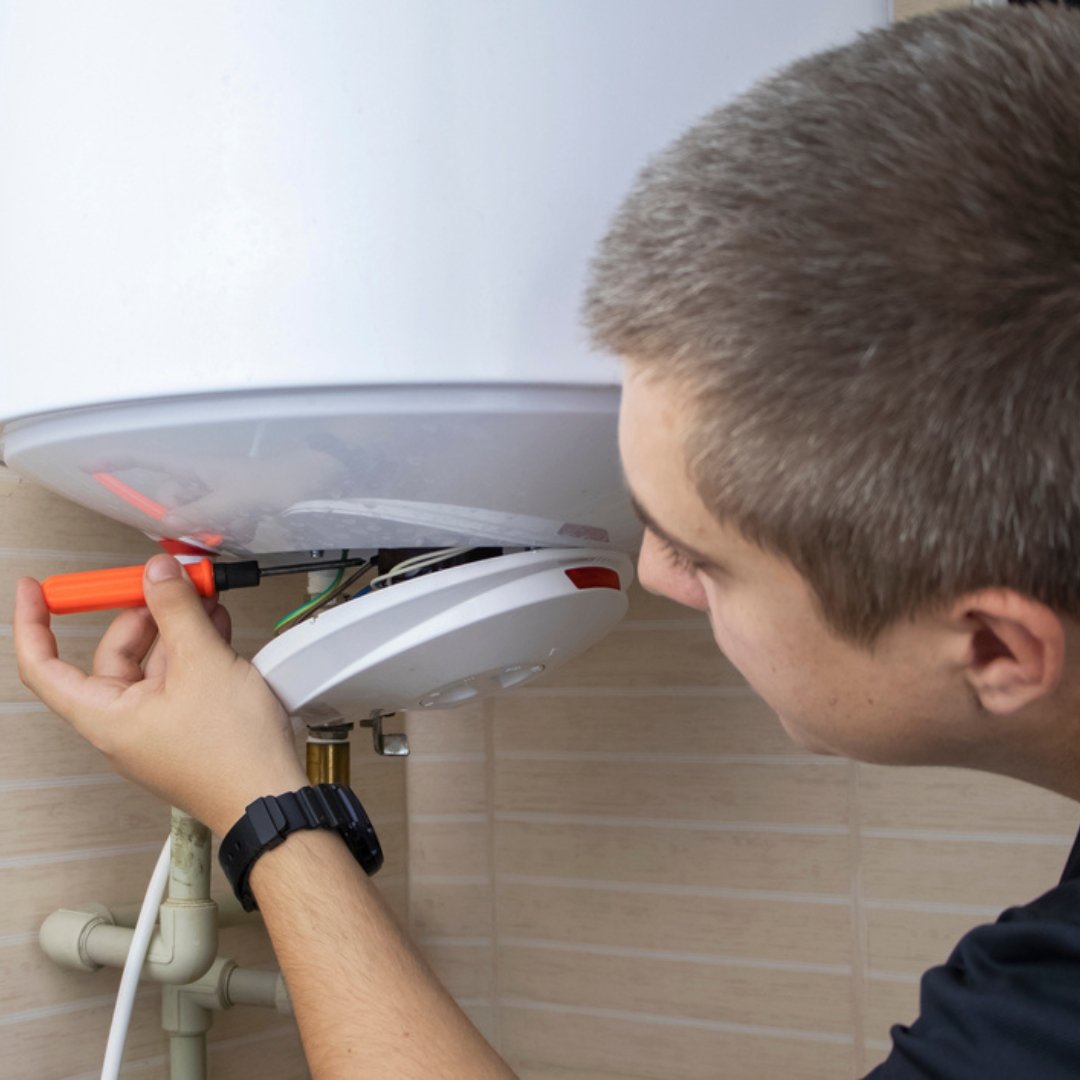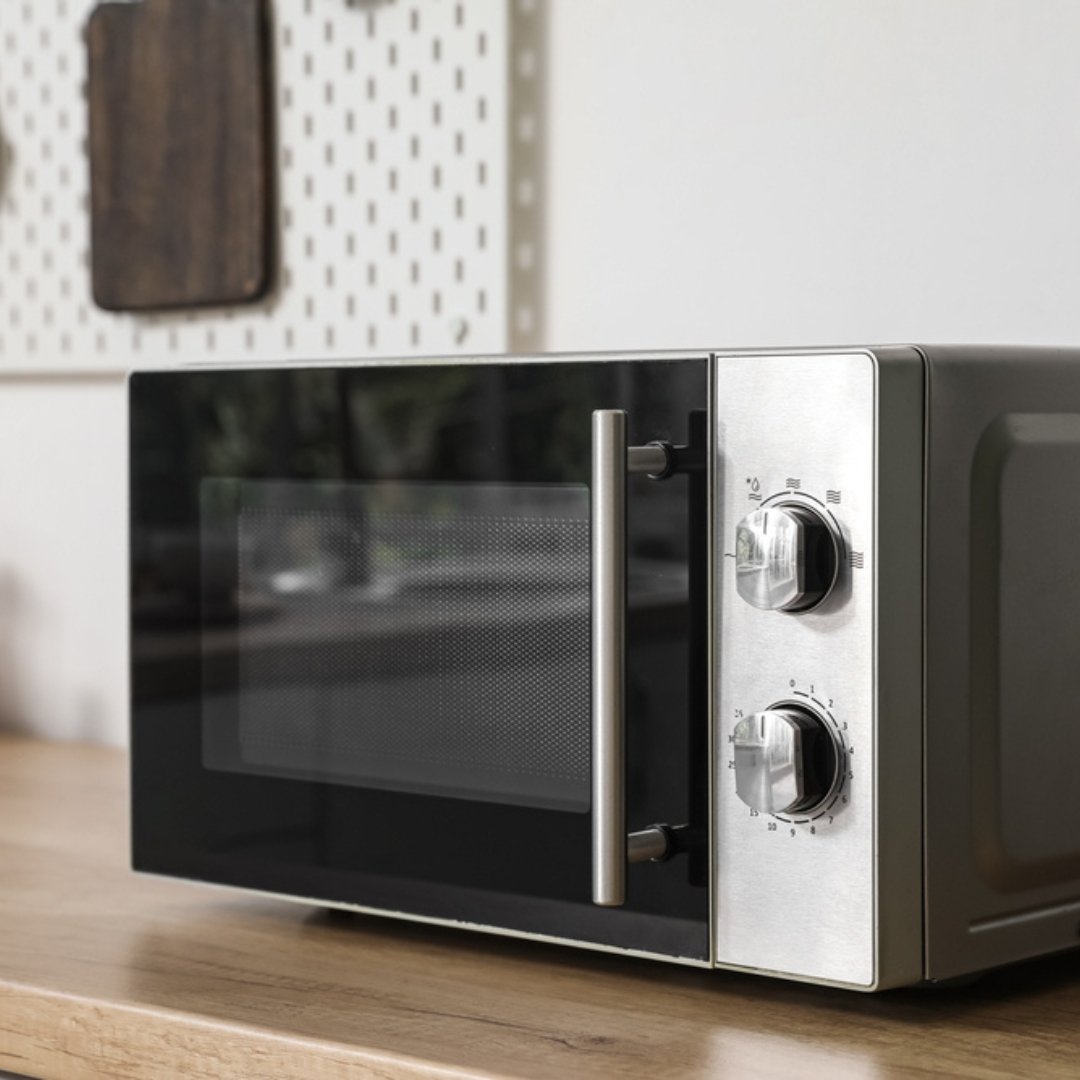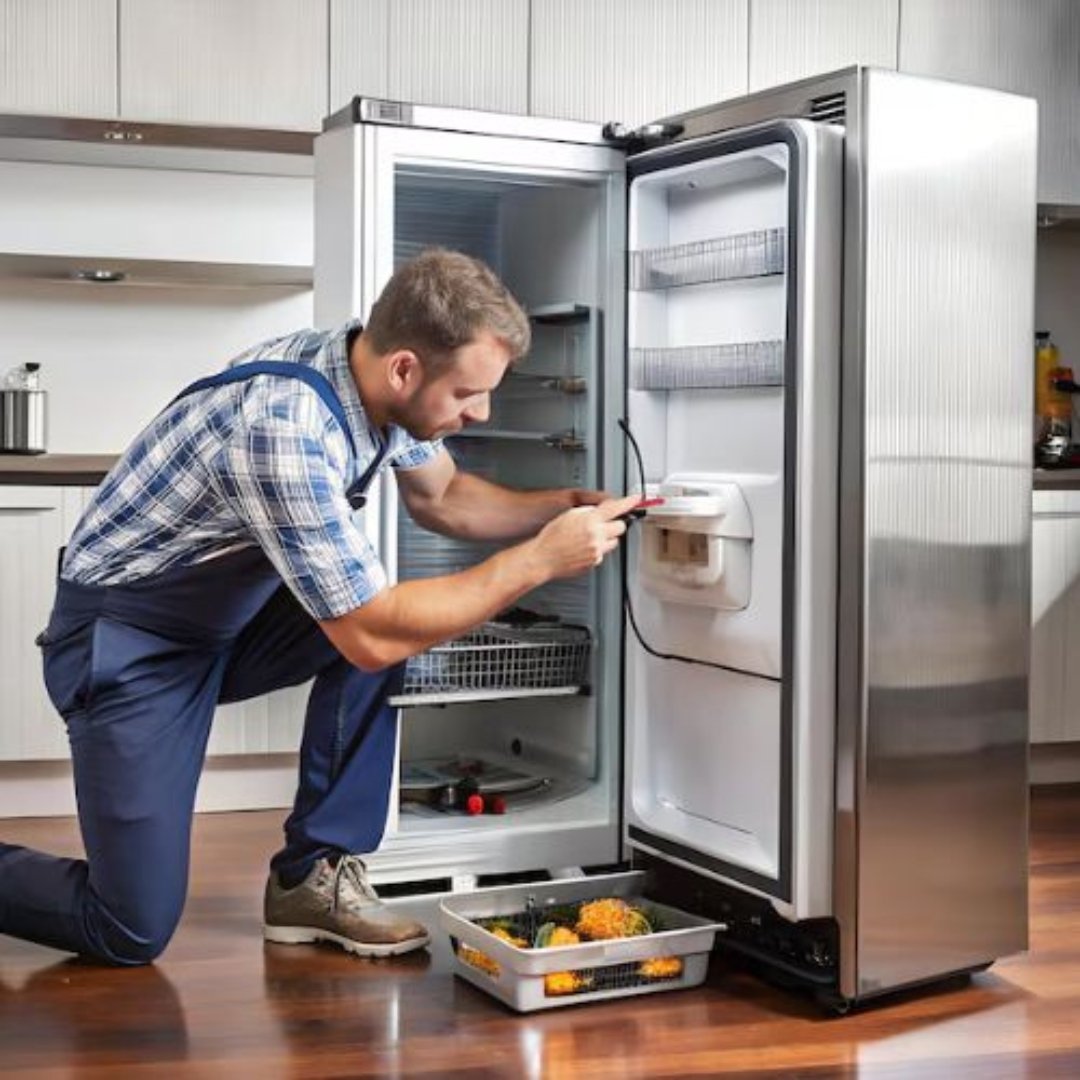Common PAT Testing Mistakes and How to Avoid Them
PAT (Portable Appliance Testing) is essential for maintaining electrical safety and compliance in any workplace. However, despite good intentions, many businesses make critical mistakes during the PAT testing process that can compromise safety and regulatory compliance. These oversights can lead to equipment failure, increased liability, or even invalidate insurance claims. Understanding and avoiding these common PAT testing mistakes can help ensure the effectiveness of your testing efforts and protect your business. To Know More Click Here
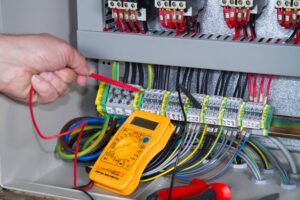
The Most Common PAT Testing Mistakes
1. Testing All Appliances the Same Way
Not all equipment requires the same level or method of testing. Treating every item with a one-size-fits-all approach can result in either over-testing or insufficient testing. For instance, IT equipment and industrial tools have different risk levels and require tailored inspection methods. Always assess the risk category of each appliance and apply the appropriate test procedure.
How to Avoid It:
Use a risk-based approach. Classify equipment based on usage, environment, and construction, and follow the correct procedures as per IET Code of Practice.
2. Skipping Visual Inspections
One of the most overlooked aspects of PAT testing is the visual inspection. In fact, many faults—such as frayed cables, damaged plugs, or loose connections—can be spotted just by looking. Relying solely on electrical tests can miss these visible hazards.
How to Avoid It:
Always begin with a thorough visual inspection before conducting any test. Train staff to perform basic visual checks as part of routine maintenance. To Know More Click Here

3. Failing to Keep Accurate Records
A common compliance issue is missing or poorly maintained PAT testing records. Without proper documentation, it’s difficult to prove due diligence, especially during audits, insurance claims, or legal disputes.
How to Avoid It:
Maintain up-to-date logs of every appliance tested, including test dates, results, actions taken, and retest schedules. Consider digital record-keeping for better tracking and accessibility.
4. Neglecting Re-Test Intervals
Another frequent mistake is failing to re-test appliances at appropriate intervals. Overlooking this can lead to undetected wear and tear, putting safety at risk.
How to Avoid It:
Establish a schedule based on the appliance type, frequency of use, and working conditions. High-use equipment may need more frequent testing than rarely used devices. To Know More Click Here
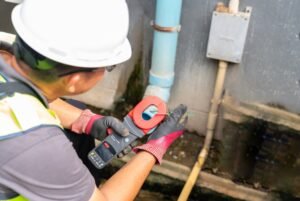
5. Using Unqualified Testers
Allowing untrained staff to perform PAT testing can lead to incorrect results and overlooked hazards. Competence is essential to ensure accurate testing and interpretation of results.
How to Avoid It:
Ensure that the person conducting the testing is trained and competent. Consider using certified professionals for comprehensive testing and reporting.
Strengthening PAT Testing Practices
Avoiding these mistakes doesn’t just improve safety—it enhances your business’s credibility and compliance posture. A proper PAT testing strategy involves not just testing, but also correct classification, visual inspection, qualified personnel, and detailed record-keeping. Being proactive helps in identifying issues early and maintaining a safe, regulation-compliant workplace. To Know More Click Here
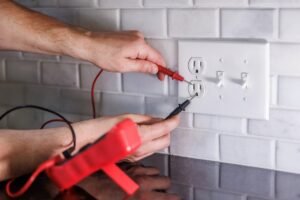
Conclusion: Enhancing Electrical Safety Through Smarter PAT Testing
PAT Testing is a vital part of workplace safety, but it’s only effective when done correctly. Common mistakes like treating all equipment the same, skipping visual checks, or neglecting documentation can undermine the whole process. By understanding and addressing these issues, businesses can ensure safer operations, avoid legal pitfalls, and remain compliant with health and safety regulations. A well-executed PAT testing plan is a key investment in the safety and continuity of your business.
SafeTag – Your Safety Partner in New Zealand
Ensure workplace safety and compliance with SafeTag’s professional testing services. We offer certified solutions for Electrical Testing & Tagging, RCD Testing, Microwave Leakage Testing, and Portable Appliance Testing (PAT). Trust our experts for hassle-free, on-site service tailored to your business needs.

